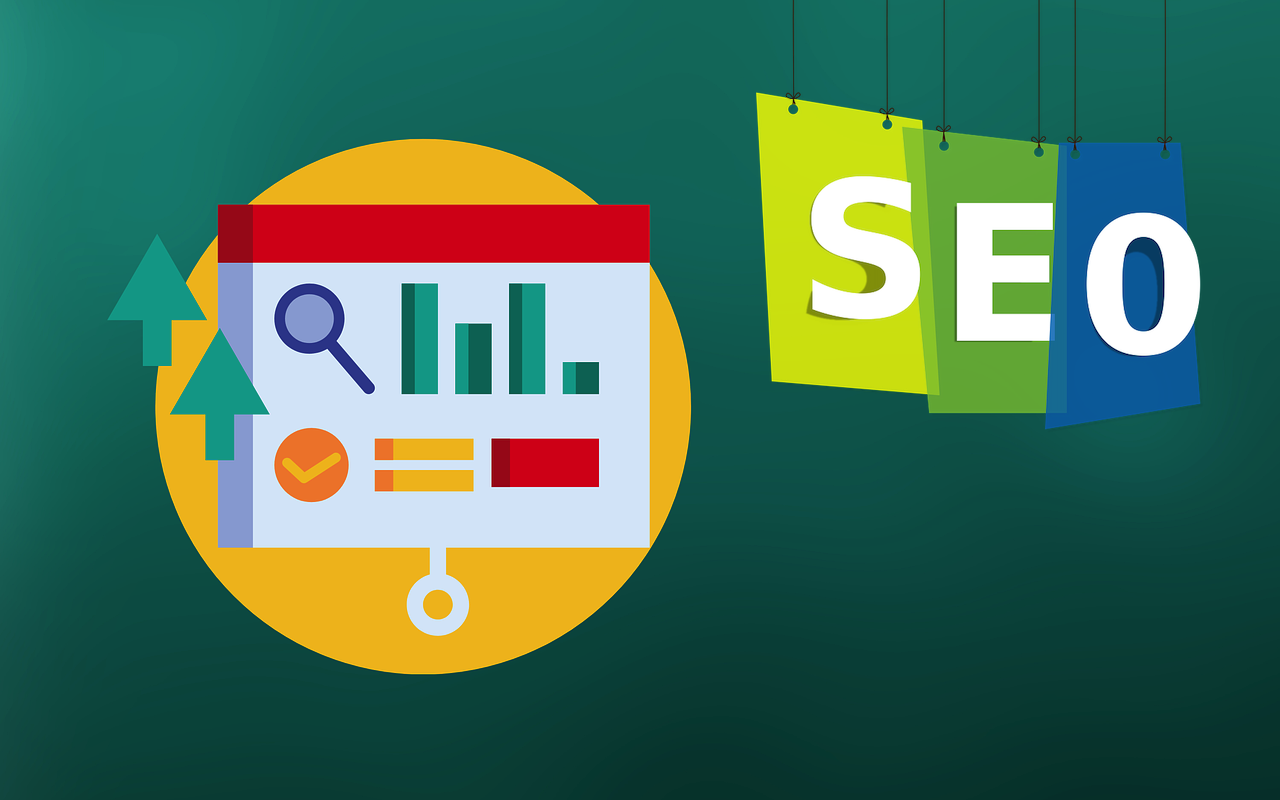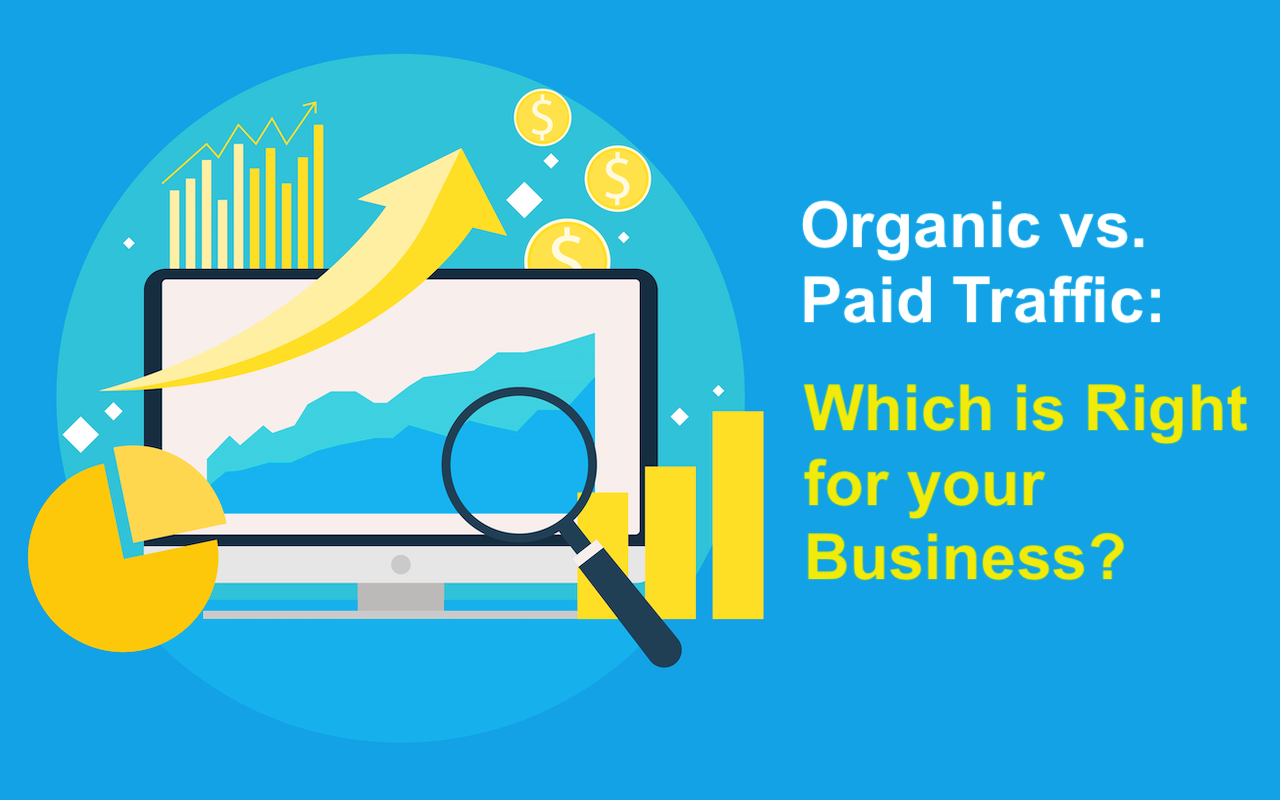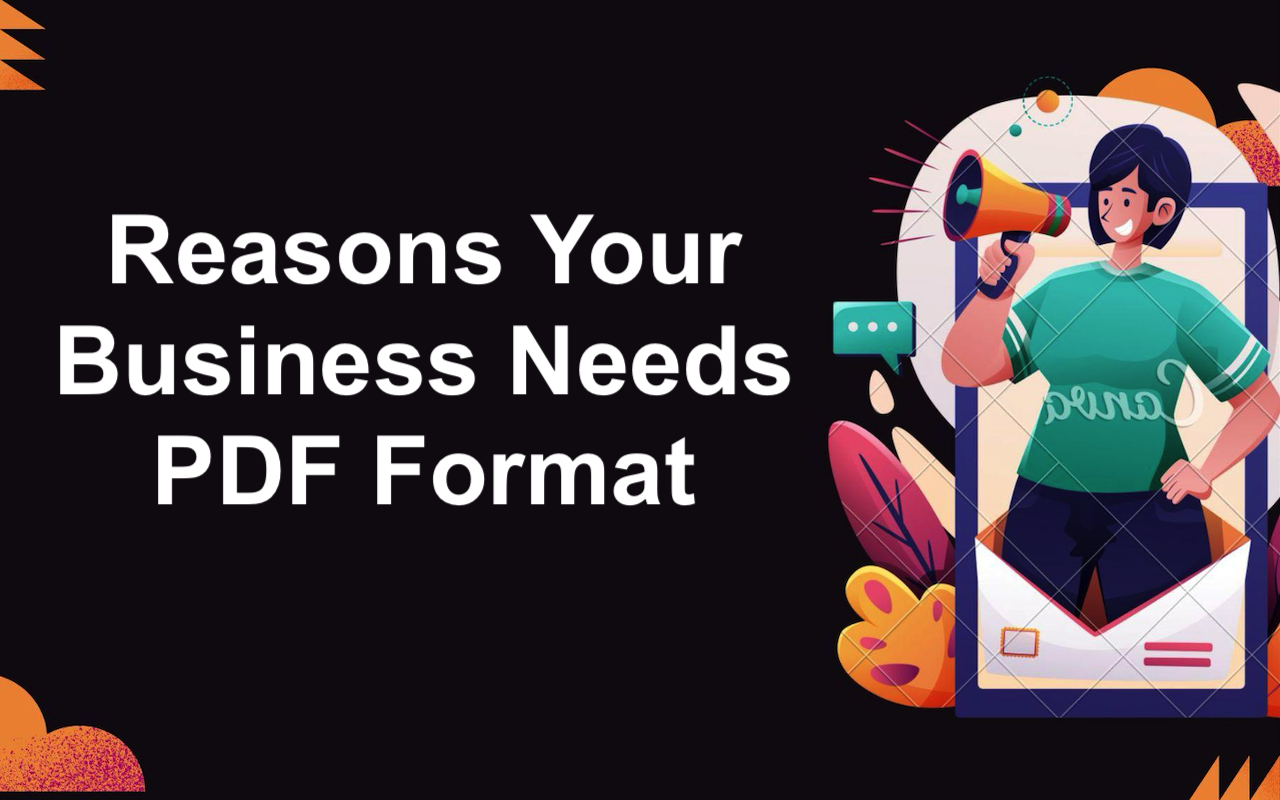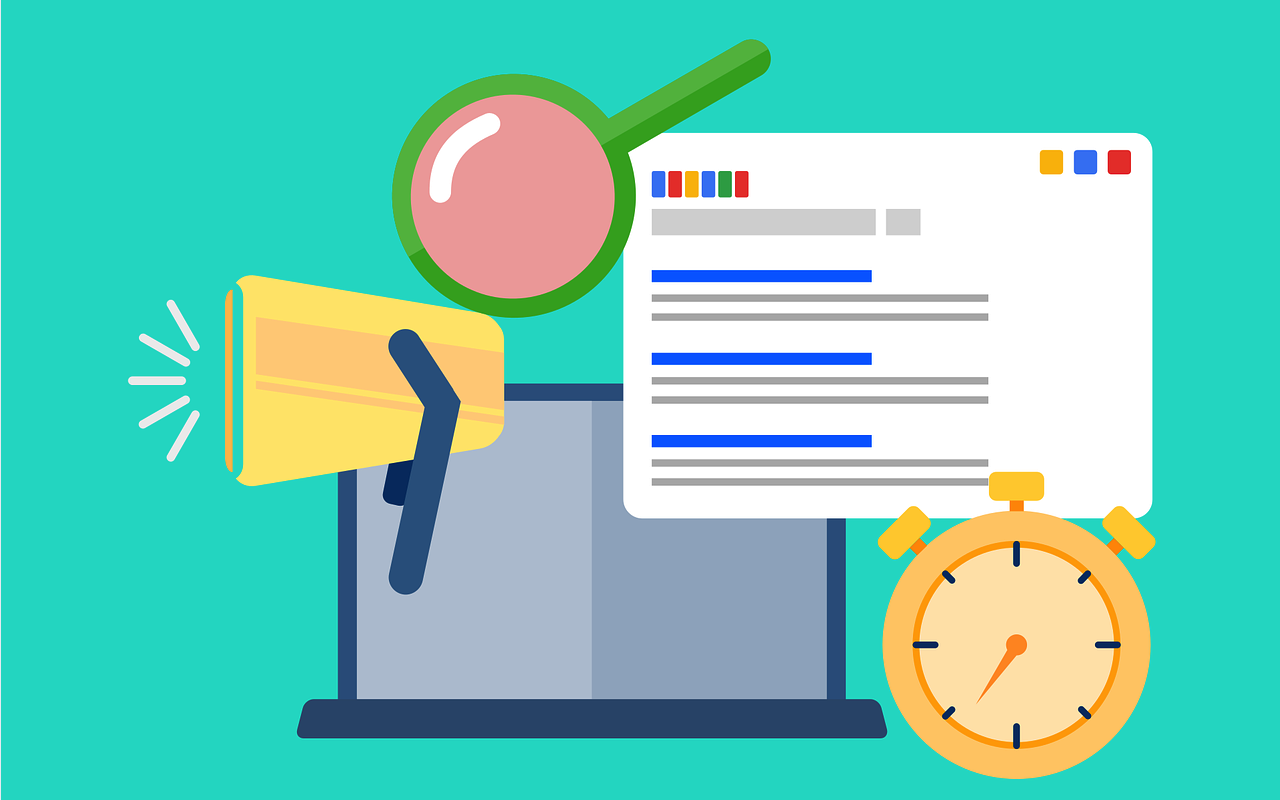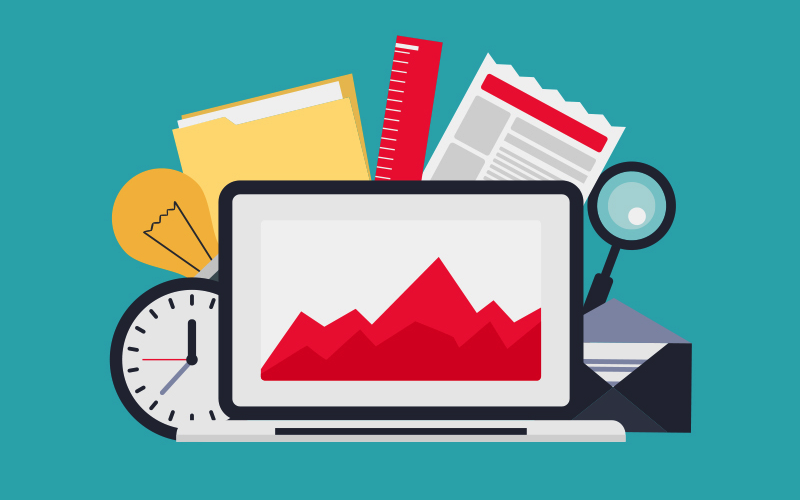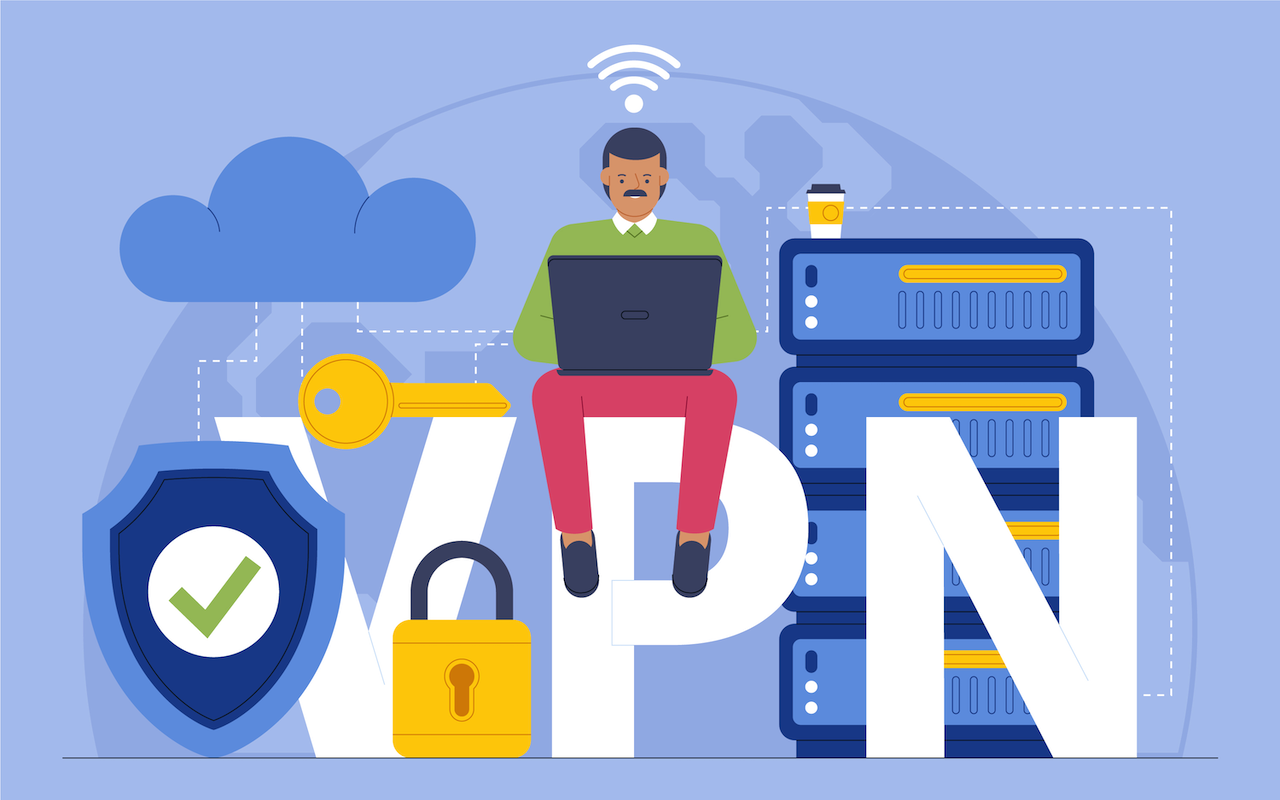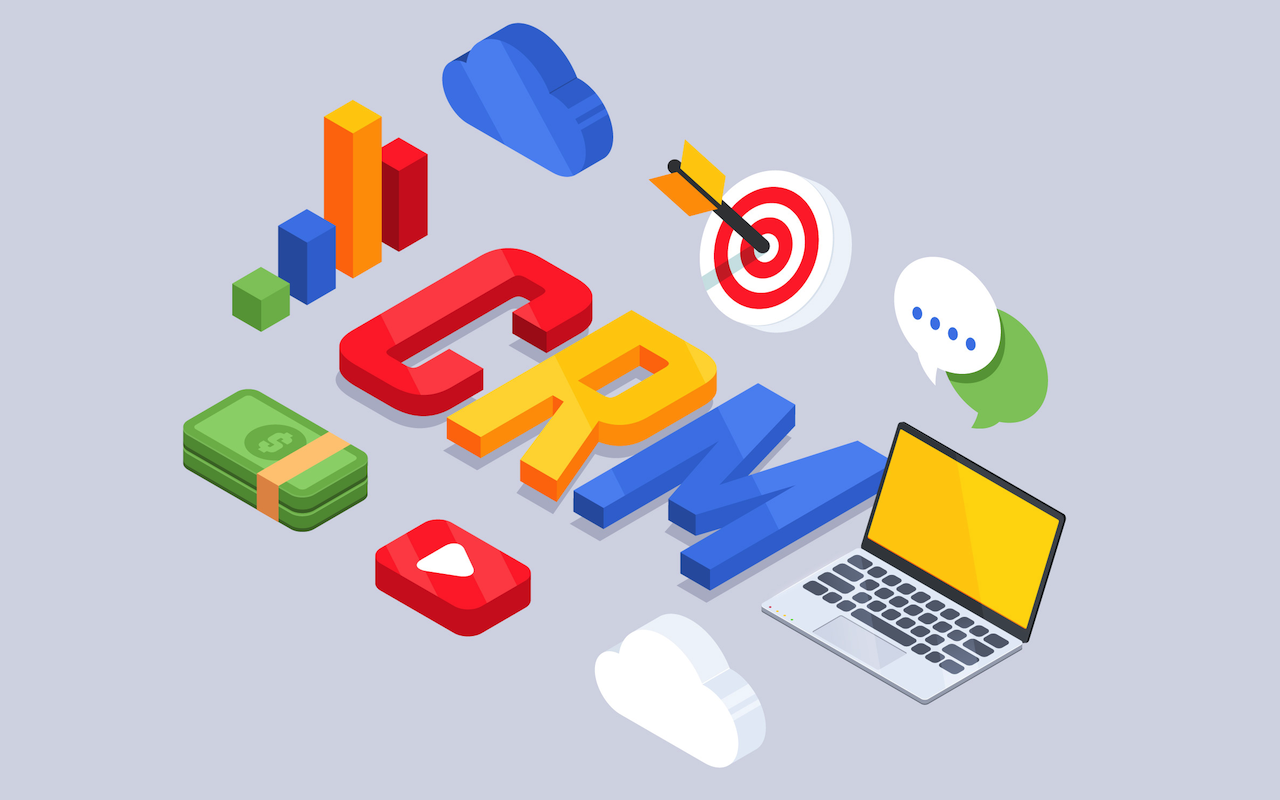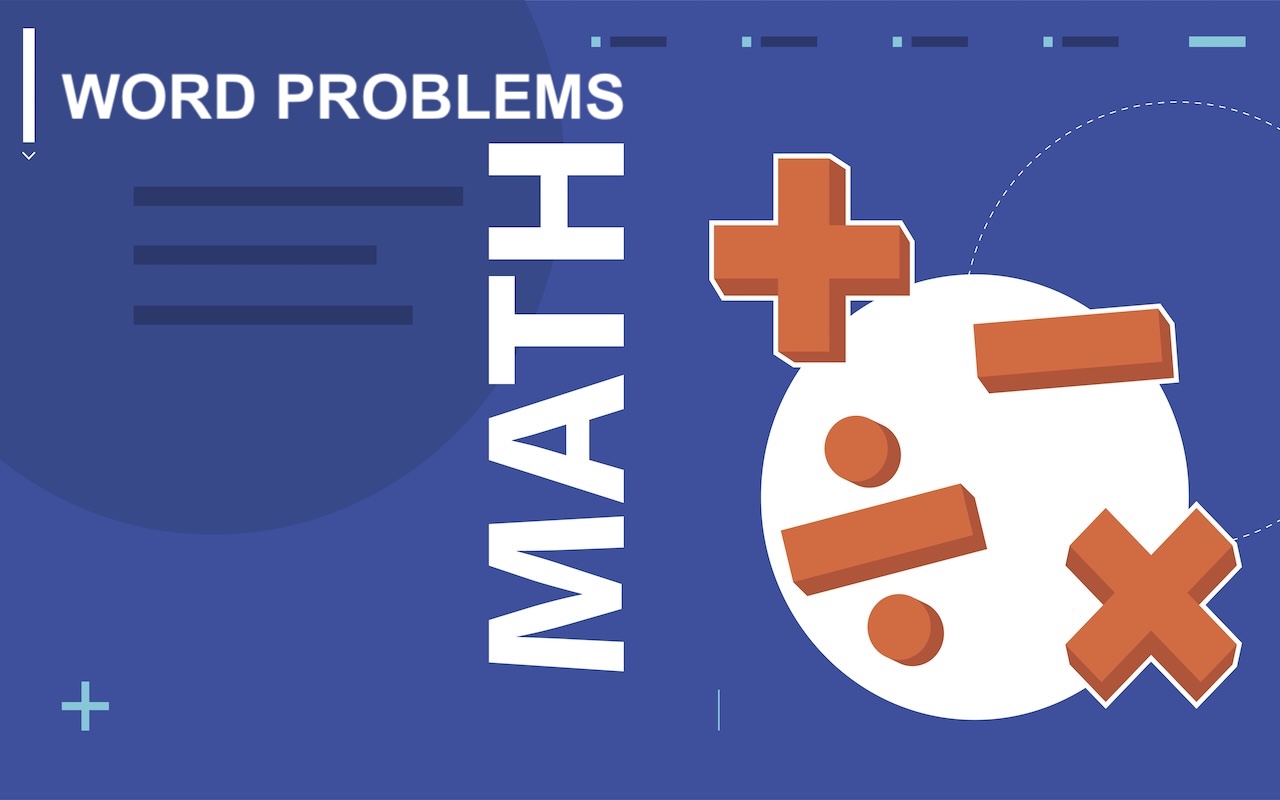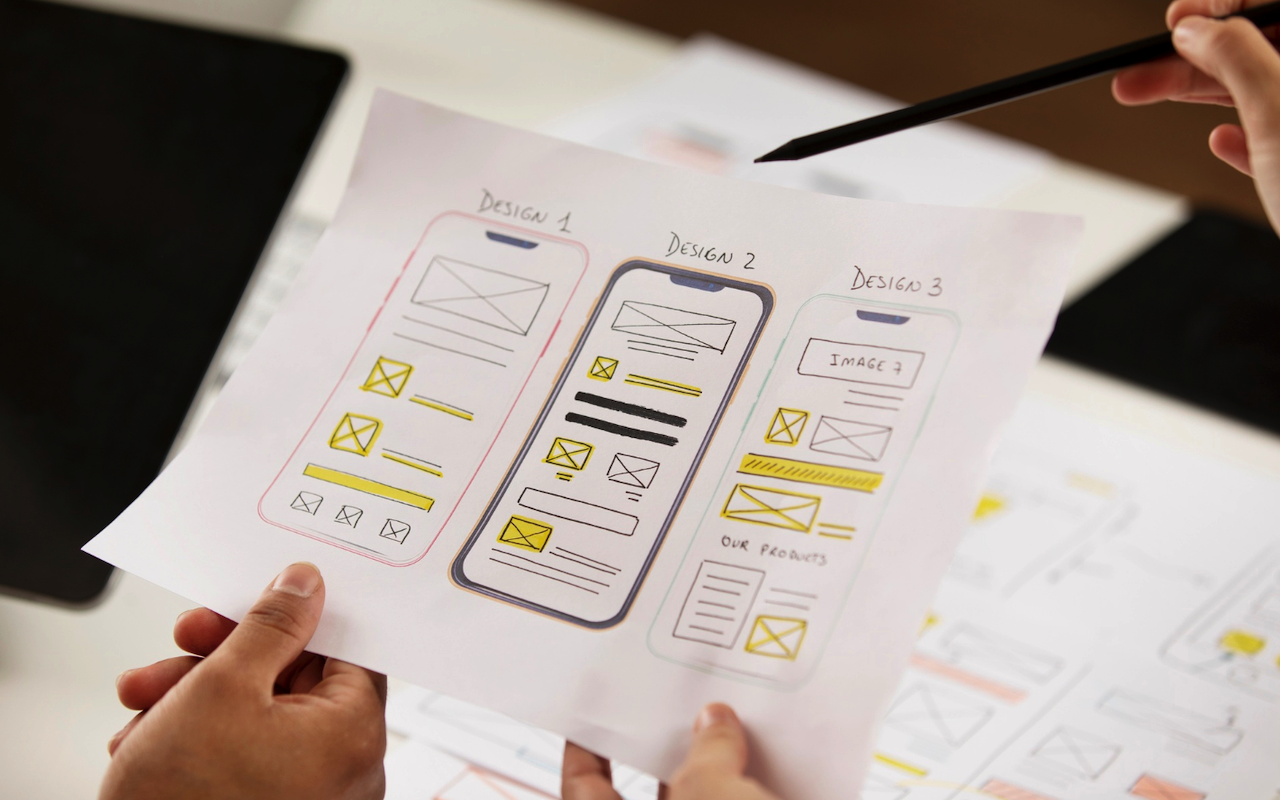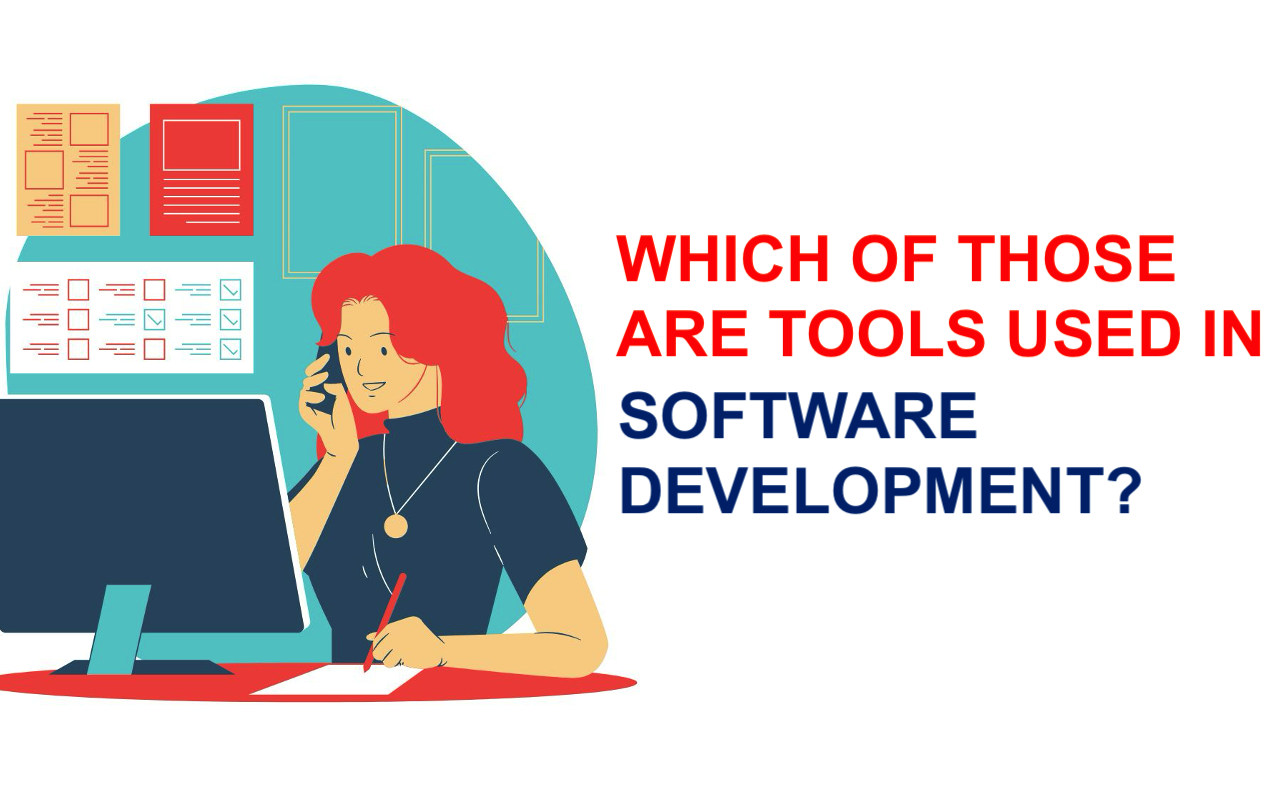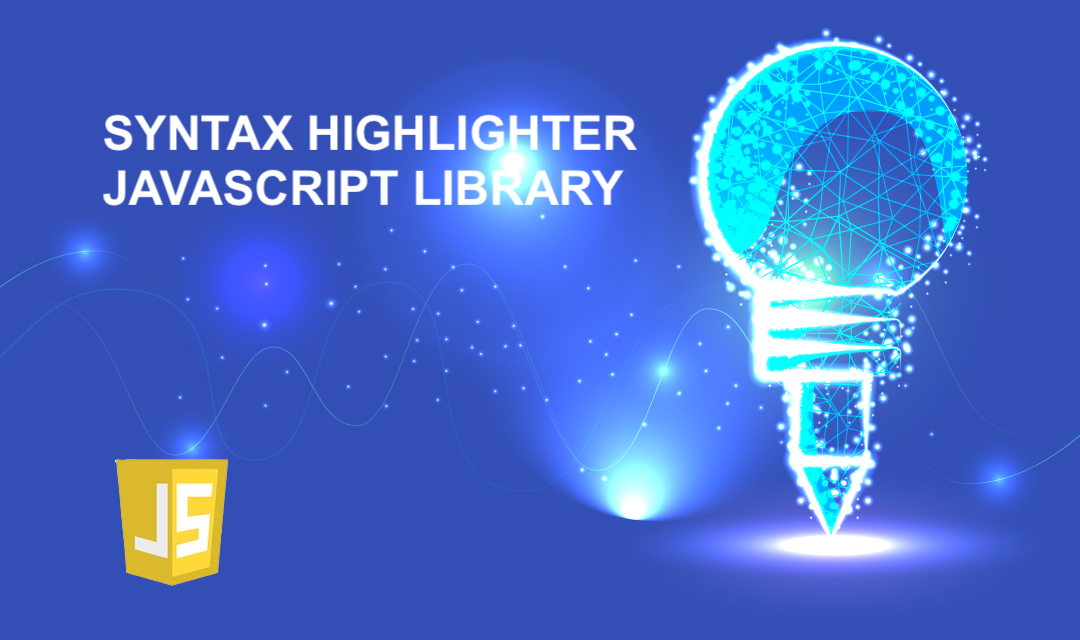In the age of digital transformation, healthcare providers increasingly rely on electronic health records (EHRs), telemedicine platforms, and mobile health applications. While these technologies impro ...
Read MoreScanning... This may take a couple of minutes!
On-Page SEO Result:
Rankings and Links
Speed Insights
SeoMetrics
Accessibility
BestPractices
Performance
So here’s the thing—most folks think SEO is all about stuffing keywords and writing blog posts. And yeah, content matters. A lot. But without solid technical SEO? That content might as well be scr ...
Read MoreIn the digital age, driving traffic to your website is vital for business growth. The key strategies businesses use to draw visitors to their sites consist of natural or organic traffic and paid visit ...
Read MoreIn today’s hyper-connected world, securing digital identities has become more critical than ever. With cyberattacks growing in both volume and sophistication, traditional password strategies are no ...
Read MoreThere are different compelling reasons for using PDF. A business can increase the efficiency of its operation by merging files with the PDF. You can merge multiple files in a single document in PDF fo ...
Read MoreIn 2025, having a great-looking website isn't enough — especially for electrical contractors and firms. Your website needs to be fast, mobile-friendly, SEO-optimized, and built to turn visitors into ...
Read MoreIn today’s crowded marketplace, having a marketing strategy is not just a luxury — it’s a necessity. Yet, many businesses throw tactics at the wall and hope something sticks. A true marketing st ...
Read MoreIn today’s digital world, having a website is not enough—you also need to make sure it performs well. Core Web Vitals is one of the biggest factors affecting how your site ranks in search engines ...
Read MoreIn today’s digital era, technology plays a vital role in how businesses attract and retain website visitors. With billions of websites competing for attention, standing out requires more than just a ...
Read MoreVirtual Private Networks (VPNs) have become indispensable tools for individuals and organizations seeking enhanced online privacy and security. The fundamental promise of a VPN lies in its ability to ...
Read MoreThis is the difference between scraping by and scaling up. In today’s fast moving and digital-first world, customers expect more. More follow ups, more personalization and more value. If you’re st ...
Read MoreAI Word Problem Solver ensures a personalized learning path for the students. They can get immediate feedback about their progress while learning a concept. AI provides them with practical sessions to ...
Read MoreIn today's fast-paced digital world, people are always on the go. They shop, read, watch videos, and even work using their smartphones. With mobile usage growing every year, websites must adapt to sta ...
Read MorePerfect business decisions start when the right data is at your fingertips. Decisions taken based on clear, actionable insights can lead to specific growth, reduce risks, and sharpen your competitive ...
Read MoreIn the dynamic world of marketing, the difference between outbound and inbound strategies is becoming increasingly important for businesses looking to thrive. The difference between outbound and inbou ...
Read MoreEvery developer has that one moment—the late-night bug, the mounting frustration, and the realization that you need more than just willpower to write good code. Tools are the lifelines of software d ...
Read More

